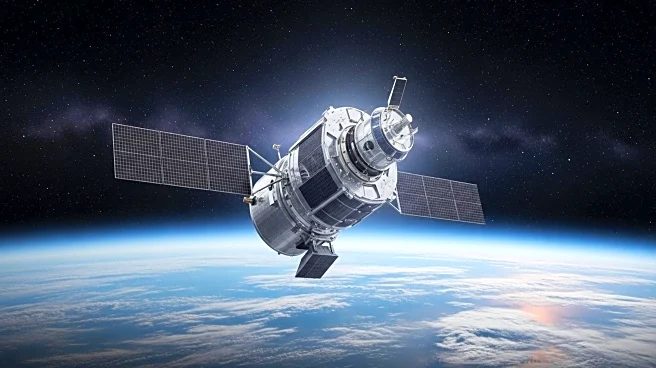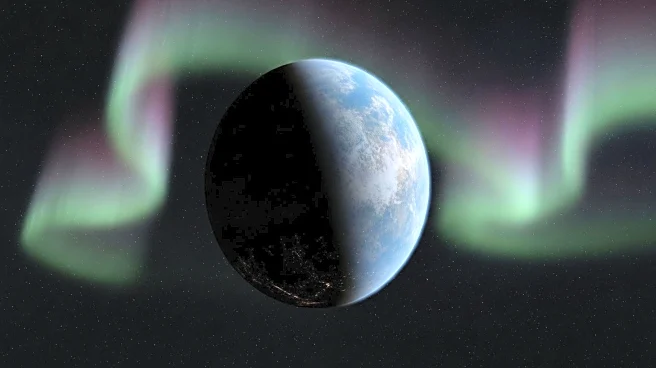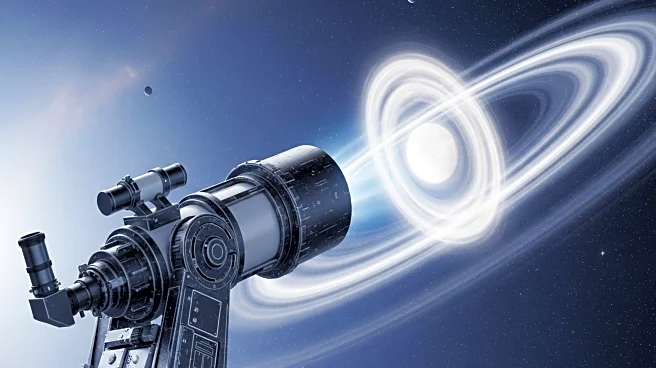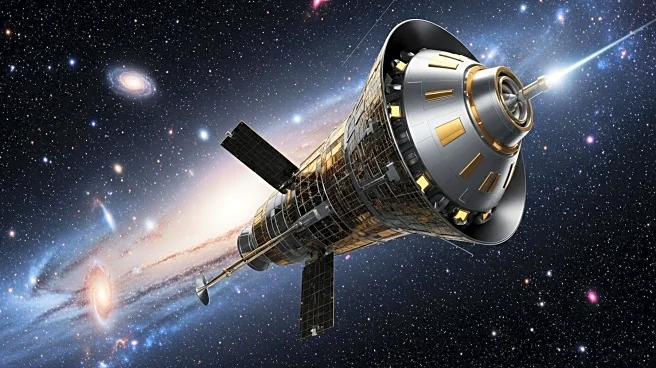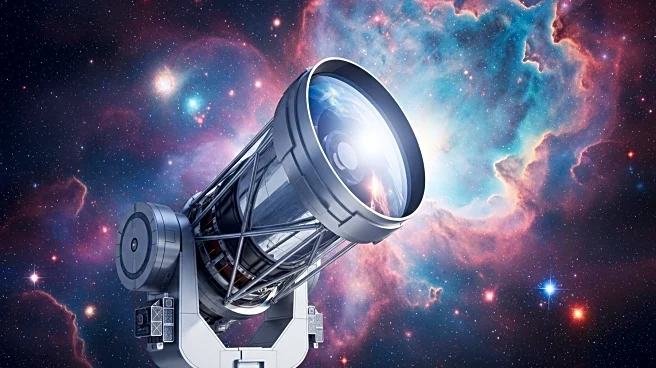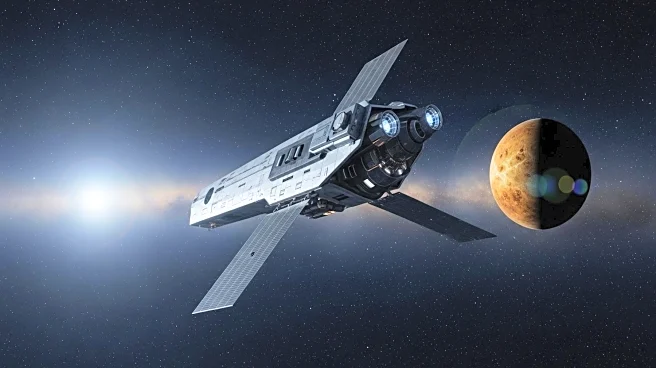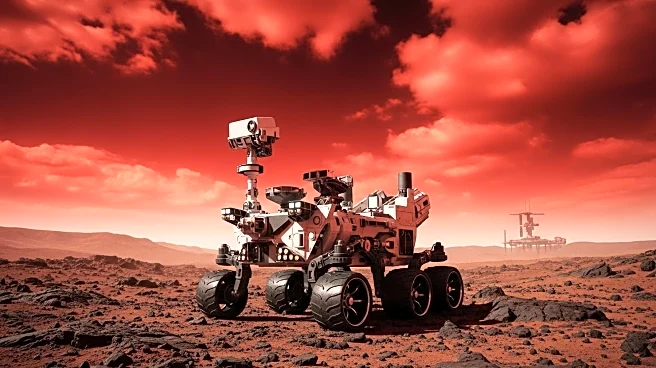What is the story about?
What's Happening?
NASA has launched the Carruthers Geocorona Observatory to study the outer reaches of Earth's atmosphere, specifically focusing on the geocorona. This mission aims to capture detailed images using advanced ultraviolet (UV) imaging technology. The observatory is positioned at the L1 Lagrange point, a gravitationally stable location between Earth and the Sun, allowing it to continuously monitor the Earth's exosphere without atmospheric interference. The mission honors Dr. George Carruthers, who first envisioned capturing the geocorona in detail. The observatory's journey began from Kennedy Space Center, joining other probes to reach its destination. Once operational, it will provide insights into atmospheric phenomena and hydrogen loss, crucial for understanding exoplanet habitability.
Why It's Important?
The Carruthers Geocorona Observatory's mission is significant for its potential impact on the search for habitable exoplanets. By studying Earth's hydrogen loss, scientists can gain insights into the water retention capabilities of other planets, a key factor in determining habitability. The mission's advanced imaging technology represents a leap forward from previous capabilities, offering unprecedented clarity and detail. This data is essential for refining models of planetary atmospheres and could redefine our understanding of what makes a planet habitable. The observatory's findings may aid astronomers in identifying exoplanets with conditions suitable for life, extending the boundaries of our knowledge about life in the universe.
What's Next?
The Carruthers Geocorona Observatory is expected to commence data collection by March of the following year, with an initial mission timeline of two years. However, success in its objectives could potentially extend its operational life. The observatory will focus on gathering extensive data on the geocorona and its interactions with solar particles. This prolonged observation period is vital for providing comprehensive insights into Earth's atmospheric boundaries and the broader quest for habitable worlds. As scientists analyze the data, they may discover new indicators of habitability, furthering the search for life beyond our solar system.
Beyond the Headlines
The mission not only advances our understanding of Earth's atmosphere but also bridges past aspirations with future possibilities. It stands at the forefront of exploratory efforts to identify exoplanets with conditions suitable for life. The observatory's imaging advancements are not just technical achievements; they are tools that can unlock new understanding of planetary atmospheres. This mission fuels the broader quest for habitable worlds and may shape our search for life in the cosmos.
AI Generated Content
Do you find this article useful?
